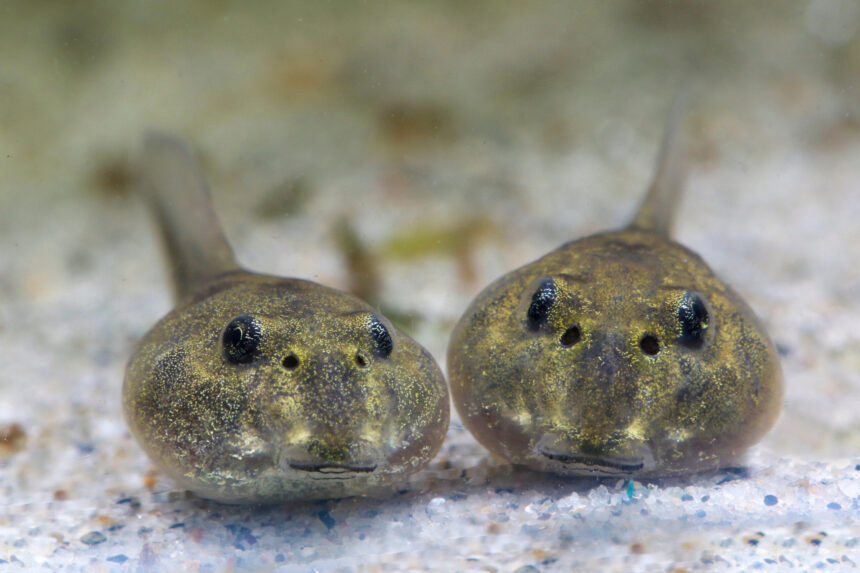I spend my days talking to clients about how to collect and use customer feedback to improve CX and drive business results. At night, I’m working toward my informal PhD in biology — courtesy of my two young sons who love to share their encyclopedic knowledge about bugs, insects, snakes, and all things creepy crawly. So, creatures, specifically tadpoles, have been on my mind as I researched my new report: The Future of VoC Programs. It turns out tadpoles and VoC programs have more in common that you might think! They both:
- Need to change to thrive. First, a quick science lesson for anyone not fully immersed in the wonderful world of elementary school science. Tadpoles turn into frogs through a process known as metamorphosis, which Merriam Webster defines as “a striking alteration in appearance, character, or circumstances.” Tadpoles are functional beings, but they’re limited in their capabilities. They can’t make sounds, they can only live in water, and they have limited lines of sight. They need to go through metamorphosis to thrive. Once they become frogs, they can jump on land and swim in water, make sounds, and many gain 360 vision. Similarly, VoC programs are stunted by silos, limited connections to business goals and strategy, and a lack of credibility. VoC programs need to change — to metamorphosize — from siloed programs to feedback management practices that are embraced organization wide. Doing so will give VoC leaders more voice, more vision, and broader reach.
- Can’t change if the environment isn’t right. Tadpoles can remain tadpoles for months, even years. Some take longer than others to undergo the transformation into frogs. A tadpole’s environment — temperature, food, etc. — needs to be right for metamorphosis to begin. VoC programs also mature at different rates, but they all need the right environment. Nearly every leader I interviewed for this research pointed to strong executive support as a key to their success. The importance of executive support and customer-centric culture can’t be understated when thinking about taking your VoC program to the next level.
- Retain the same DNA after metamorphosis. Frogs and tadpoles have the same DNA, but they’re entirely different organisms (a favorite fact in my house!). Similarly, customer feedback management practices will retain some foundational VoC practices, including Forrester’s listen, interpret, act, and monitor (LIAM) framework, but they’ll have some key differences. Specially, customer feedback management practices will:
- Eliminate random acts of listening by connecting with business goals and CX vision throughout the LIAM cycle.
- Embrace a “translator” role to help business leaders get from “so what?” to “now what?”
- Emerge as action facilitators by sharing insights in timely, relevant ways and focusing on prioritization processes.
VoC programs that fail to evolve will hold their organizations back from reaching their full potential. They’ll be functional but limited; stuck in a silo like the water-bound tadpoles. Organizations that are able to change — to embrace feedback management practices — will use customer insights to improve customer experience and foster business success.
Forrester clients can check out my report and register for my upcoming webinar on October 5 to learn more.
Non-clients can learn more on this recent CX Cast podcast.








